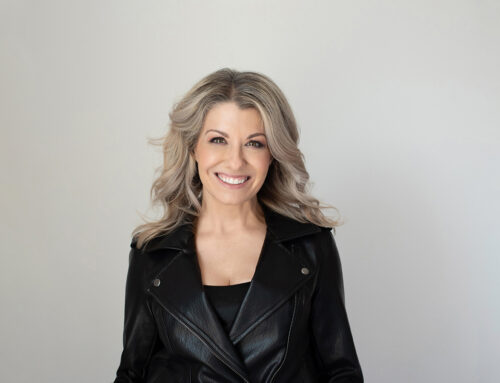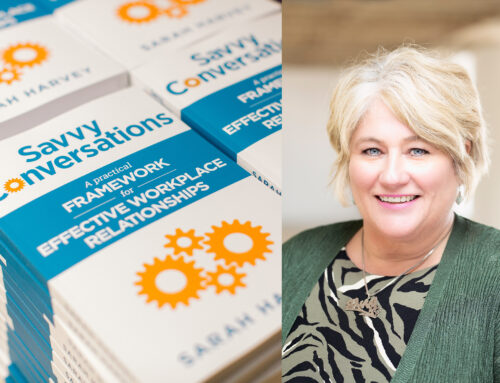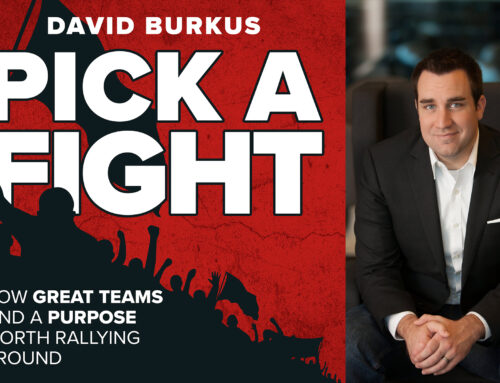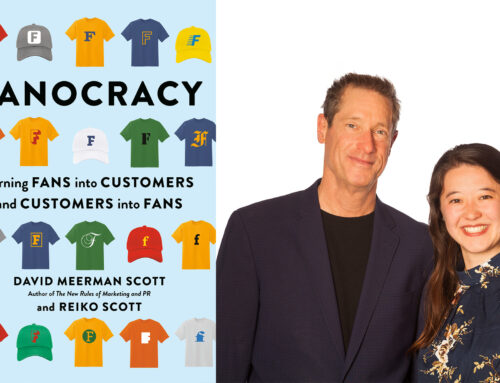I’m going to start a series of blogs on people that have added something important to the world of communications. The series will be personal and partial, but I welcome nominations for those you think I’ve missed. I’m grateful to these people because understanding how we communicate is desperately important to bettering our humanity in both business and life. Miscommunications are sometimes merely irritating, but sometimes fatal. Business communications are usually banal and boring and only occasionally riveting. Leadership is tougher than ever – and more than ever about communicating well. The great business communicators – Steve Jobs, for example – can turn little companies into dominant ones and truly change the world.
So I’m going to start with someone you’ve never heard of, unless you’ve read the footnotes to my second book, Trust Me. I’m not vain enough to think that you have, so let me introduce Susan Goldin-Meadow. Susan has been studying how children learn for some time now, with an eye to making that learning better, especially for autistic children. She’s doing God’s work. But it was her book, Hearing Gesture: How our hands help us think, that provided me a big ‘aha’ that led to writing Trust Me.
This is why I’m grateful to her. The insight in her book is that people gesture what they’re thinking but can’t necessarily articulate. In other words, we can gesture more than we say, because gesture comes from our unconscious minds and is often way ahead of our conscious thought.
For example, you can say ‘staircase’, and at the same time gesture in a corkscrew fashion, and your listener (if she can see you) will infer that you mean a spiral staircase. That kind of unconscious communication via gesture happens all the time, but people tend to discount gesture because they think of it as mere hand-waiving that accompanies (conscious) speech.
Or a child can gesture a relationship between two items in a math problem before that child can articulate that relationship in words. In short, we learn first through gesture. Gesture is primary. We think our brains give us conscious intent – say, for example, we become aware that we’re thirsty, and then we direct our hands to reach toward a glass. But in fact, the brain research shows that we get unconscious intents first, the gesture starts next, and only after that (up to 9 seconds later) do we become consciously aware of what we’re doing.
The implications of all this are vast for communications. If gesture comes first, then we need to pay as much attention getting that right as we do our speech (and our slides, for God’s sake). There’s a lot more that flows from it, and I talk about it all in Trust Me, but that’s where it starts, and Susan Goldin-Meadow provided the spark for me.
You can see her discussing her insights in a great TED talk here. She’s not the world’s best presenter, but she’s good enough, and her thinking is absolutely brilliant. Watch the talk, read the book, and gesture a quiet ‘thanks’ to Susan Goldin-Meadow for her insights.











superb